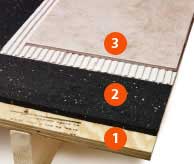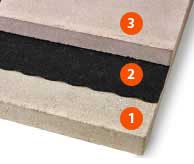Stress is something we all battle on a day to day basis, especially in this modern day where we are constantly on the go with multiple methods of communication that remind us of what we need to do. We wake up to buzzing alarms, rush through breakfast, bolt to get ready, speed to work, manage work deadlines and conflicts, race back home, just to do it all again the next day. Our lifestyles are conductive to our society’s high stress levels. For this reason, the month of April has been dedicated to increase public awareness about both the causes and cures for our modern day epidemic.
Something we do not consider as stressful is noise. Noise is an ‘unwanted sound’ and is a MAJOR SOURCE OF STRESS. Consider this setting: You’ve treated yourself to a nice dinner after a long week. You made reservations at the best restaurant in town, when all of a sudden you hear a loud screeching cry from a baby at a table nearby. Your relaxing dinner has now turned into a time of anxiety/stress because of this “unwanted sound” during what is to be a time of relaxation.
Although it is normal to experience a range of moods, constant feelings of stress can have detrimental effects. Stress can contribute to anxiety or feelings of dread, confusion, difficulty concentrating, problems with decision-making, and changes in personality (irritability, hostility, frustration, anger, etc…)
Stress not only affects us emotionally but it takes a physical toll. We’ve all had those nights where sleep is the last of our concerns, where instead we take this time to think (often over think) about what is occurring in our lives. Daily stress can lead to an increased risk of chronic diseases, heart problems, and changes in the brain.
There a few methods to combat stress and heal stress’ effect:
Stress Fighting Foods
When we are stressed we tend to crave sugar, caffeine, or our guilty pleasures but healthy foods such as apples, bananas, or leafy greens, can actually help combat stress by relaxing you and clearing our minds.
Take a Break
Although taking a break might be the last thing on our minds when we’re stressed, taking some time to clear our minds can greatly help reduce stress levels allowing for increased productivity. Consider meditation, yoga, or simply enjoy the outdoors.
Organize your Space
Decluttering where you spend time can drastically help reduce stress levels as you will feel more organized and ready to tackle your day.
Peace and Quiet
There is a reason why they pair “peace” and “quiet” in the same phrase. In a world where persistent noise has become the norm, finding a quiet space can be challenging but extremely rewarding. It allows for a reduction in blood pressure; improves sleep and is conductive to deeper, more truthful thinking. Overall health improvement!
Although not everyone experiences stress the same way, the feeling is universal. You’re not alone.
Making an effort to reduce your stress levels can change your quality of life. Aside from implementing the methods suggested above, attention can also be given to those areas where you spend the most of your time such as your workplace or your home. If this is an option you’d like to explore, there are a variety of acoustical solutions for these areas to create a more peaceful environment. From building noise control to interior architectural acousticsARCACOUSTICS , an affiliate of dB Noise Reduction, is ready to help you create the space you deserve.


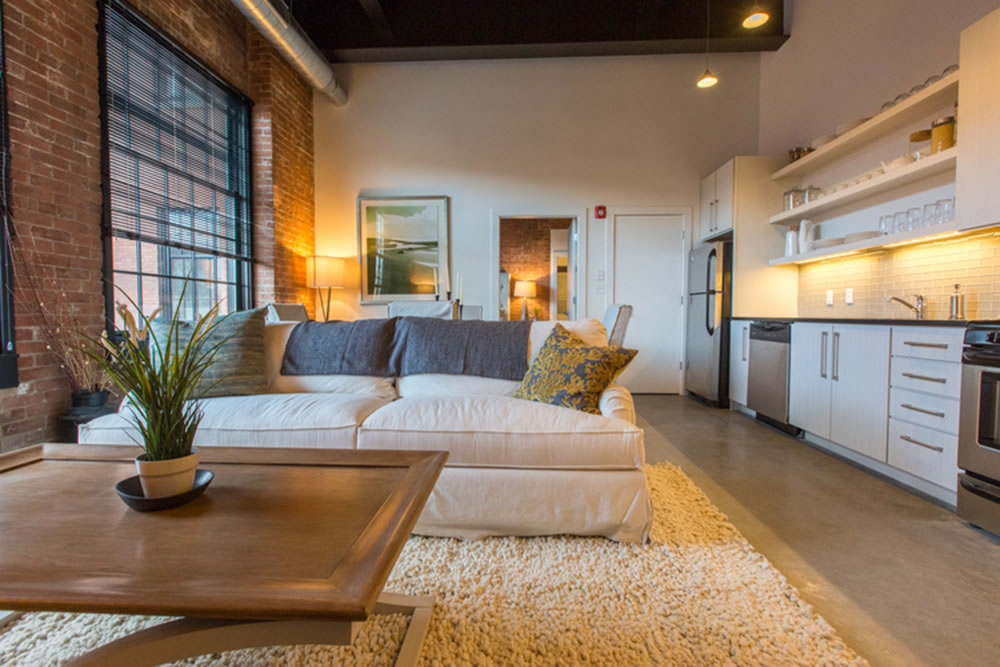
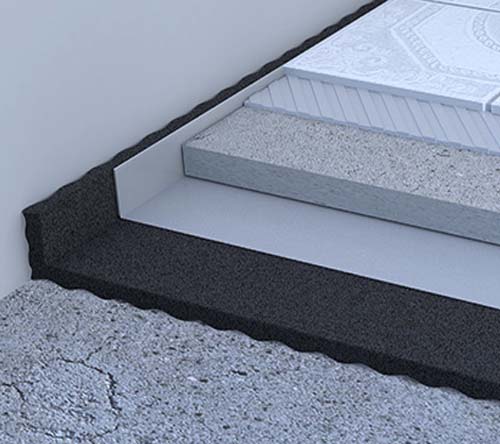 Prolonged exposure to external noise can be more than a minor annoyance. It can have a dire impact on the health, well-being and productivity of the occupants of any building.
Prolonged exposure to external noise can be more than a minor annoyance. It can have a dire impact on the health, well-being and productivity of the occupants of any building.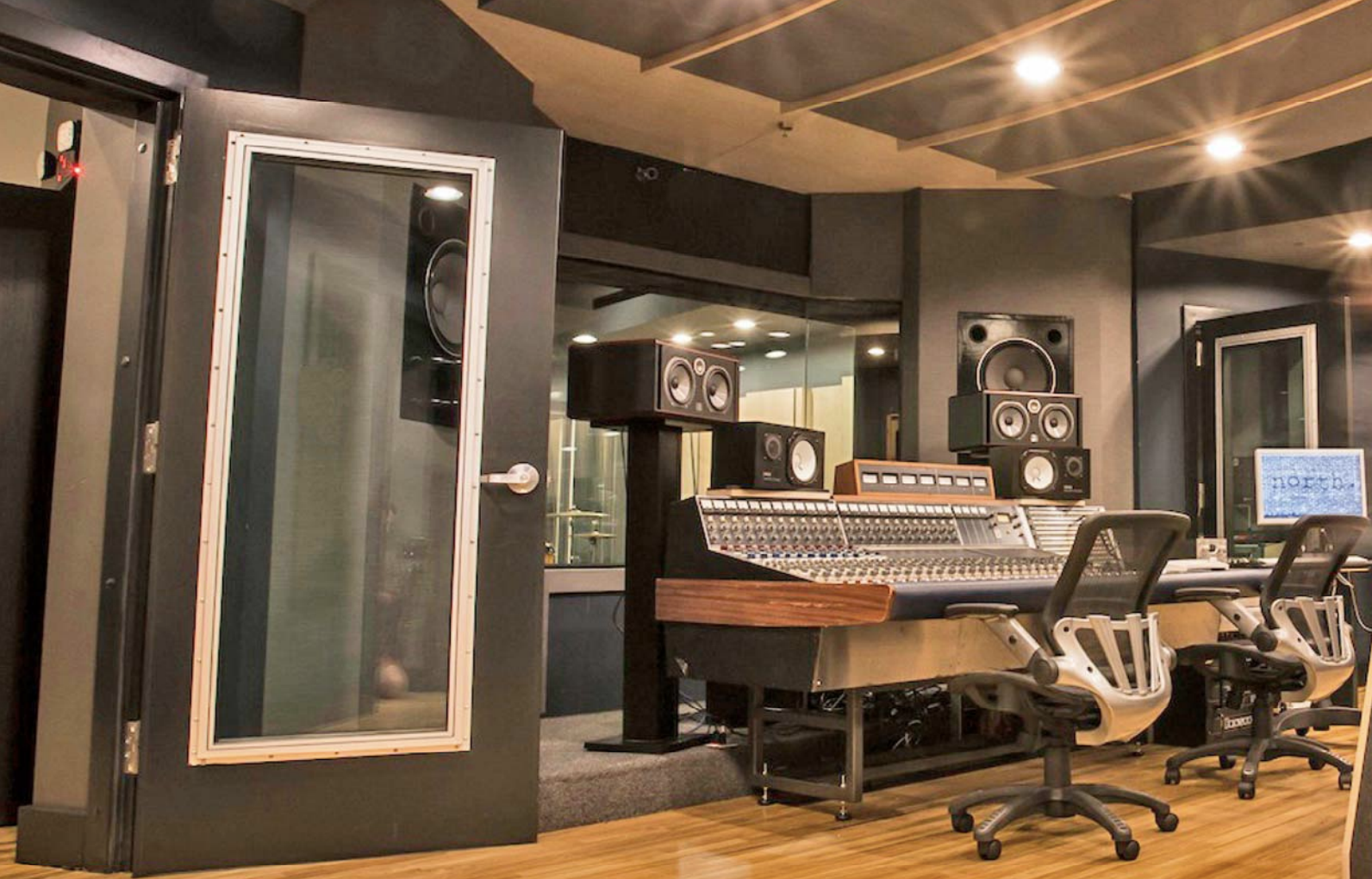
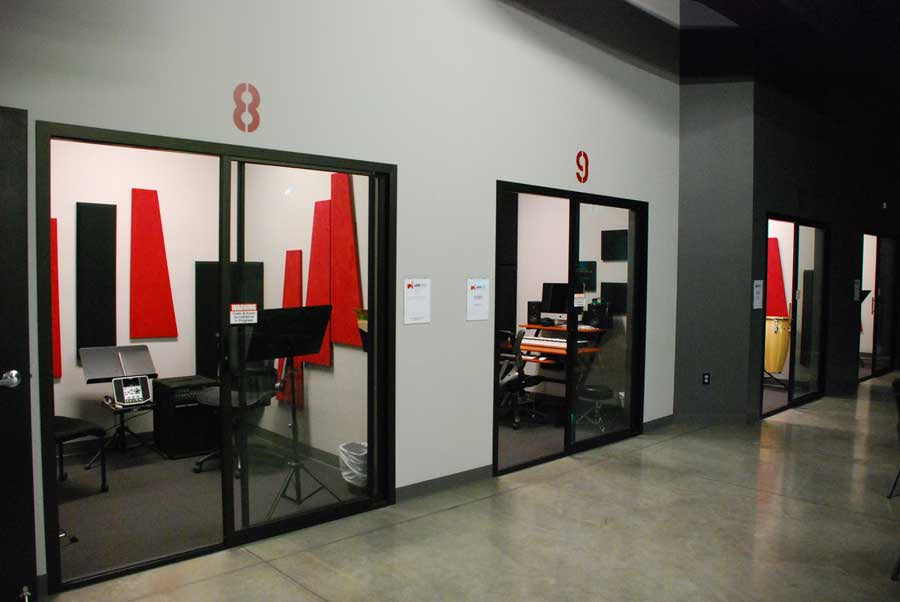
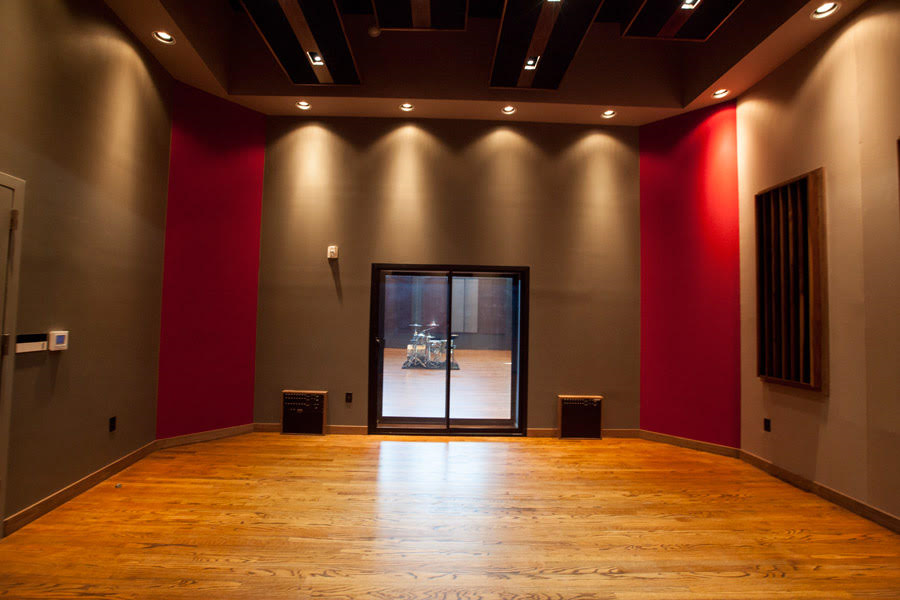

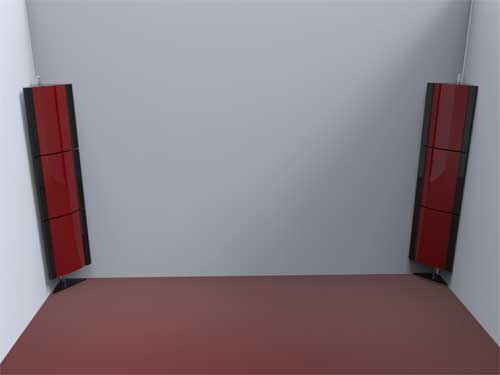

 For Flush mount – Place the frame into the opening to confirm the fit, and check for any extra room. The frame should fit easily into the opening. Attach the one sided foam tape to the back of the frame about ⅛” from the edge. Fit the frame into the window. Remove and add foam tape as need for best fit. Be aware that some walls may not be square or straight and may require additional foam in certain areas to ensure a perfect square. Screw the frame to the window opening avoiding over-tightening the screws. Over tightening will result in distortion of the frame.
For Flush mount – Place the frame into the opening to confirm the fit, and check for any extra room. The frame should fit easily into the opening. Attach the one sided foam tape to the back of the frame about ⅛” from the edge. Fit the frame into the window. Remove and add foam tape as need for best fit. Be aware that some walls may not be square or straight and may require additional foam in certain areas to ensure a perfect square. Screw the frame to the window opening avoiding over-tightening the screws. Over tightening will result in distortion of the frame.